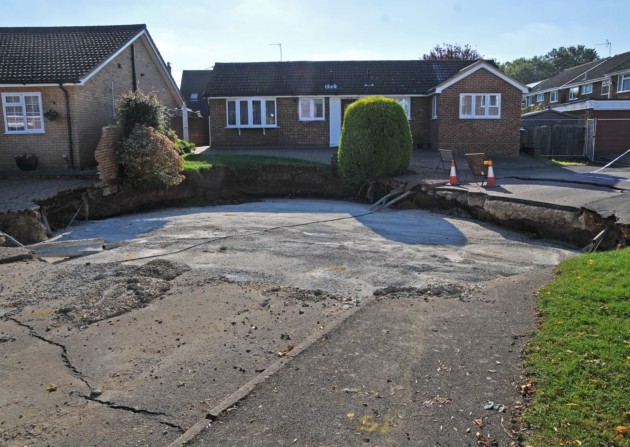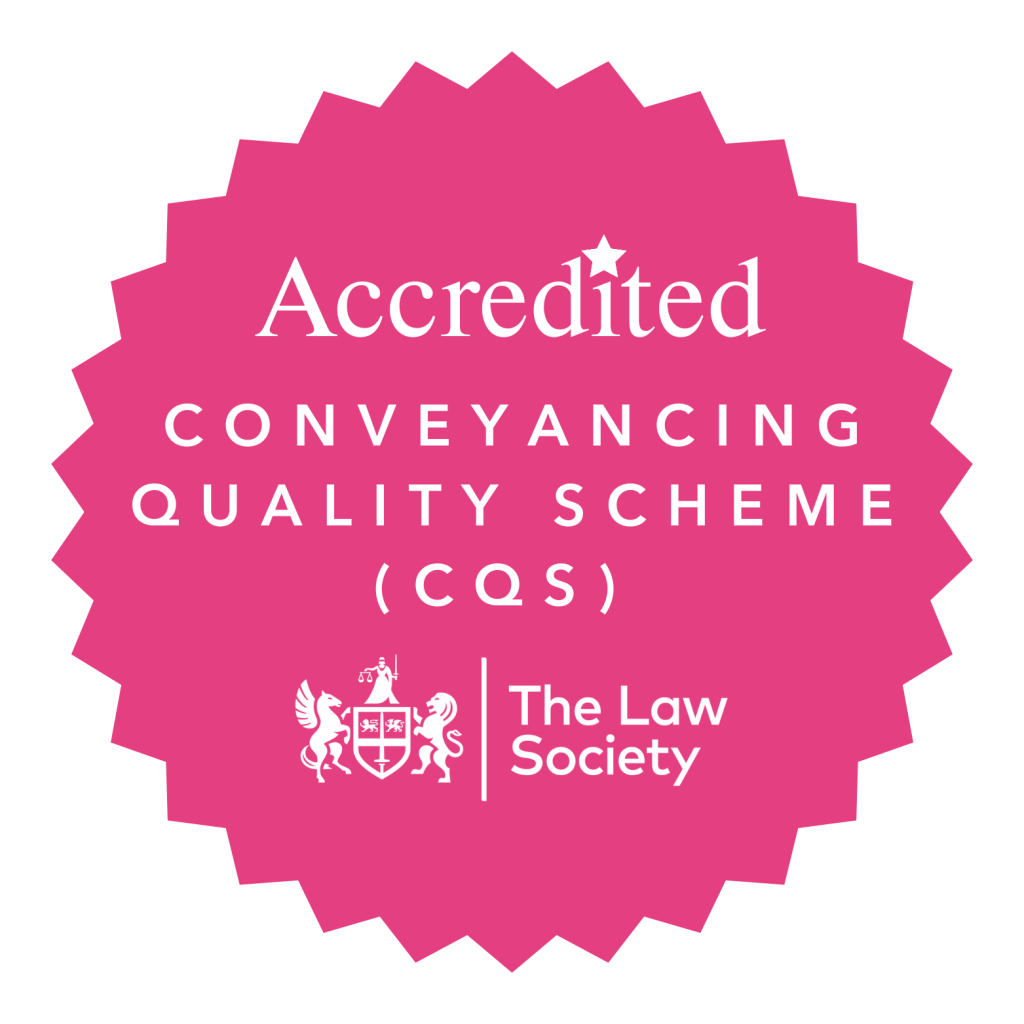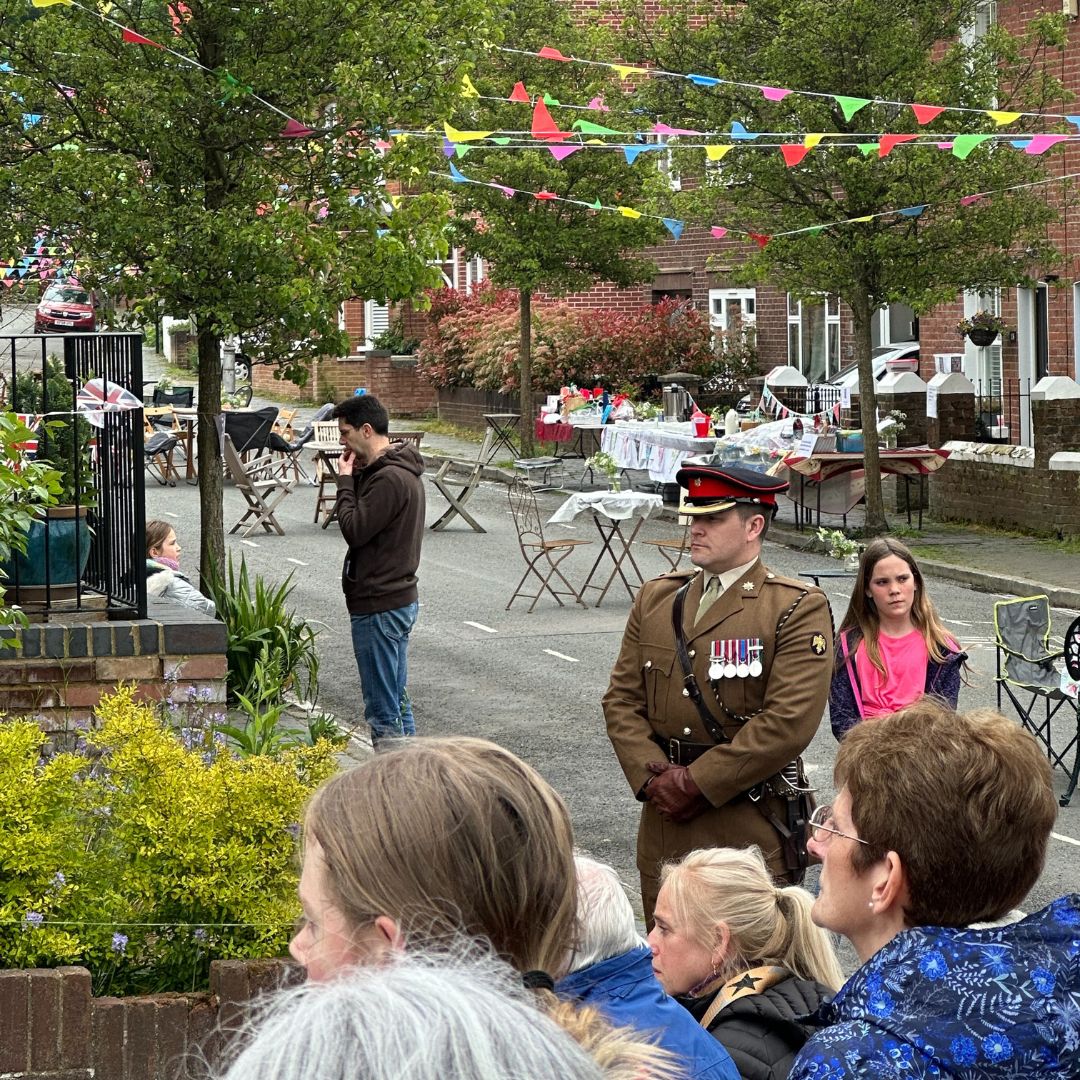
It’s not long since we discussed the 12 metre wide sinkhole that suddenly appeared in St. Albans. If you missed it, take a look at our original article here.
Since then, the residents have been forced to live in alternative accommodation whilst further survey work was undertaken on the cavity on Fontmell Close. It is hoped that the day of their return home is drawing nearer, as a report on the findings will be finalised within
the next few weeks.
A report to St Albans district council’s cabinet said ground investigations, including boreholes and angled drilling, took place between December and February in and around Fontmell and Bridle Closes.
The further investigations were ordered following an initial microgravity survey in October which warned of ‘anomalies’ near the depression, including a possible cavity up to three times larger than the sinkhole. Once the results of the further investigations are explained to residents in the cul de sacs, a decision will be made on remedial work to the road.
So far the sinkhole has cost the district council about £200,000 in providing services, including security, as a result of the emergency situation, with the county council spending around £450,000.
If you haven’t read our previous blog on this matter, The Hidden Truth, here’s the advice of Stephen Larcombe, environmental and property lawyer at Labrums Solicitors:
“Environmental searches can help prevent serious consequences, such as homes needing hundreds of thousands of pounds spent on them to clean up contaminated land or detect other issues.
“Environmental searches have gained importance in recent years. The Government has passed a large amount of legislation to deal with green issues.
“The searches throw up so much information, lawyers can sometimes struggle to interpret them. If a search throws up, for example, that a site used to be an old brickworks – which is the case in St Albans – it should sound the alarm that there’s a possibility there are voids in the ground where clay was extracted.
“In this country, there are lots of cases of voids below the ground and contamination caused by such things as coal, salt and tin mining, former brickworks and strata formation. The land and water can also be contaminated by previous users of the site.
“Solicitors are not environmental engineers or consultants, but can help shine a light on possible issues and potential problems. For example, if a property had been built on a former chemical works, the likelihood of it having been contaminated is quite high.
“The problem with issues below ground is that sometimes nothing may happen for many many years. In the case of the sinkhole of St Albans, I suspect the environmental checks were not part of the legislation at the time the houses were actually built.
“You can imagine that if your house has a certain weight, leaning down on sub soil, and water may be flowing under the site, you have got a potentially disastrous set of circumstances.
“The message to solicitors and people looking to buy a property is never be complacent. Use the information to make a judgement over whether to proceed with the purchase. It could impact on your decision to buy depending on the data.
“Things that happened to the land hundreds of years ago can come back to bite you.”
If you are looking to buy a new property, or need any advice when it comes to environmental and property law, then call Stephen on 01727 858807.
Post a comment
You must be logged in to post a comment.















